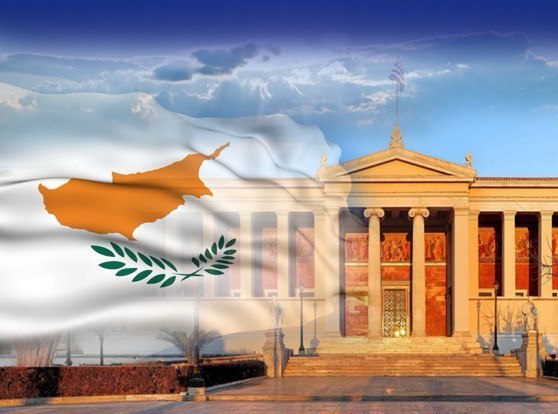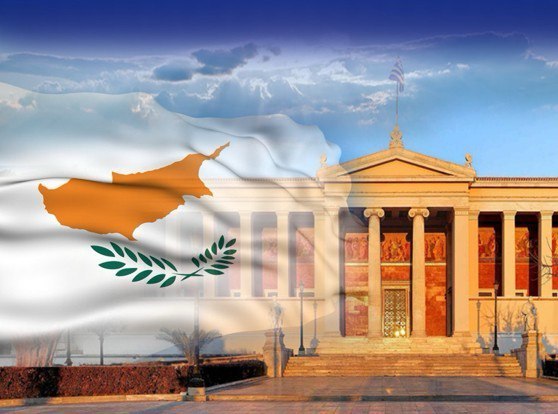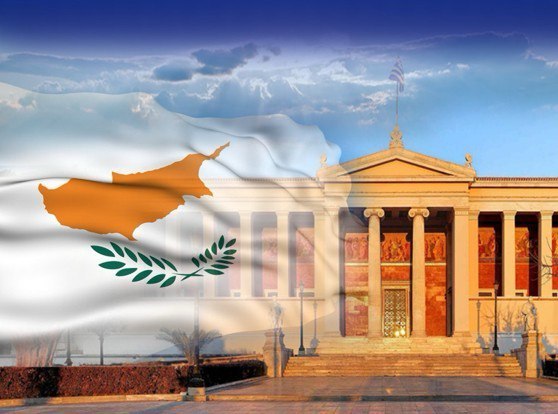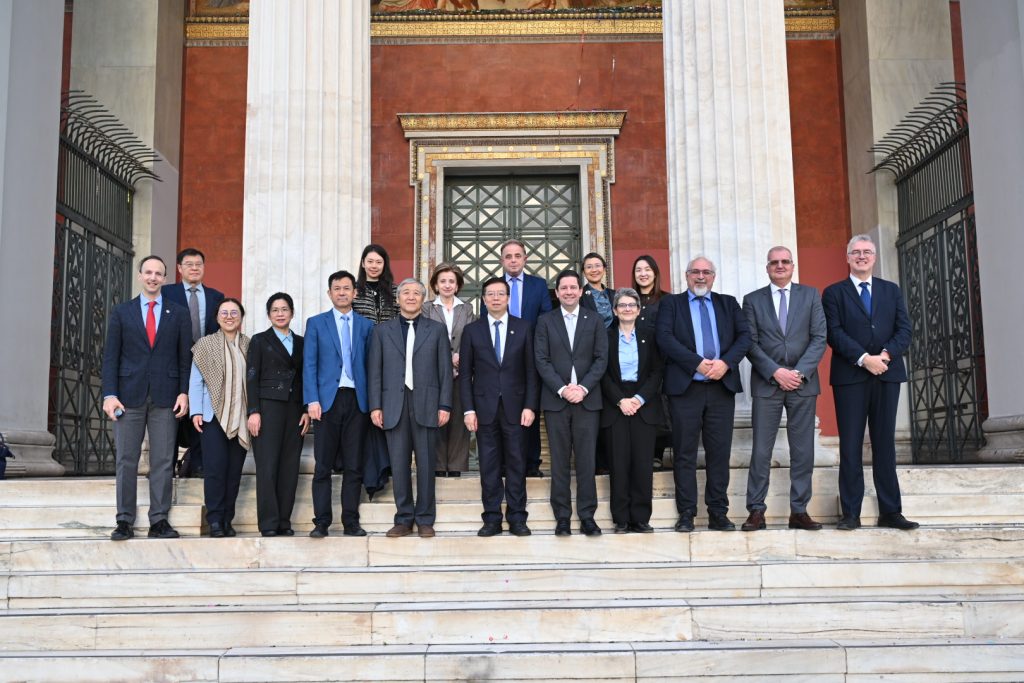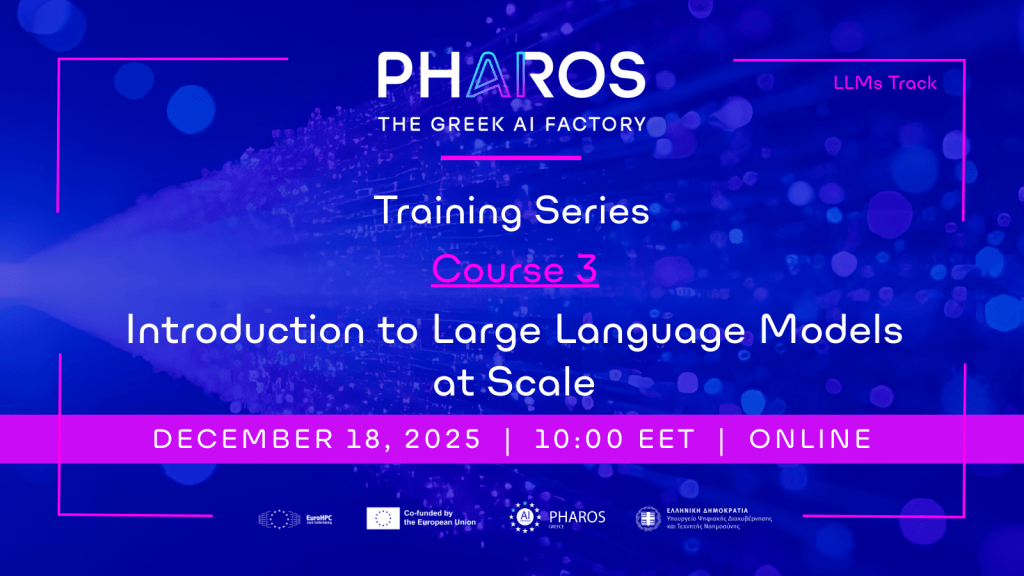The findings of the study, published in the premier international scientific journal Aging Cell, reveal a fundamental quality control mechanism that regulates nuclear lipid droplets (nLDs) accumulation and safeguards the integrity and the function of the nucleus.

Lipid droplets (LDs), the major form of fat storage in cells, are evolutionarily conserved intracellular organelles, which provide a pool of energy resources and building blocks for membranes synthesis and maintenance. Lipid droplets are mainly generated from endoplasmic reticulum (ER) membranes and are localized in the cytoplasm close to the outer nuclear membrane. However, accumulating evidence demonstrates the presence of LDs inside the nucleus. The nucleus is the central organelle of all eukaryotic cells that contains the genetic material (DNA), which determines cellular identity and function. During ageing, the nuclear morphology is dramatically altered. Moreover, progressive and pronounced deterioration of the nuclear architecture is a common and conserved feature of progeria and several age-associated pathologies. Despite the recent advances in nuclear lipid droplets research, the regulatory mechanisms dictating nuclear homeostasis collapse and nuclear lipids deposition during ageing remain elusive.
Using the simple nematode Caenorhabditis elegans and state-of-the-art microscopy methods, such as non-linear imaging modalities (e.g., Second and Third Harmonic Generation), Dr. Konstantinos Palikaras (Assistant Professor, Medical School, NKUA) and IMBB researchers Dr. Meropi Mari (IESL, FORTH), Dr. Christina Ploumi (IMBB, FORTH), Dr. George Filippidis (IESL, FORTH) and Dr. Nektarios Tavernarakis (Professor at the Medical School, University of Crete, and Chairman of the Board at FORTH) discovered that lipid content progressively accumulates with age in the nuclear envelope in several tissues, such as hypodermis and intestine of C. elegans. Importantly, genetic interventions known to delay ageing in different model organisms, such as low insulin signaling and dietary restriction, decrease the number of nuclear lipids and reduce their size. Suppression of lipotoxic lipid accumulation in hypodermal and intestinal nuclei is dependent on the transcription factor HLH-30/TFEB and the triglyceride lipase ATGL-1/ATGL. These findings highlight the pivotal role of HLH-30/ATGL-1 axis in restraining lipid expansion in the nucleus, thereby preserving nuclear lipid homeostasis and organismal fitness during ageing.
The cumulative results of the current study underscore the pivotal role of the molecular mechanisms that regulate nLDs expansion and nuclear envelope integrity to promote nuclear homeostasis and prevent age-dependent cellular impairment and physiology decline. The tight evolutionary conservation and ubiquitous expression of the regulatory factors involved, indicate that similar pathways may govern ageing and age-related diseases in humans.
For additional information, please contact:
Assist. Prof. Konstantinos Palikaras
Laboratory of Physiology, Medical School, National and Kapodistrian University of Athens
eMail: palikarask@med.uoa.gr | Tel.: +30 2107462552
or:
Prof. Nektarios Tavernarakis
Chairman of the Board, FORTH
Professor, Medical School, University of Crete
eMail: tavernarakis@imbb.forth.gr | Tel.: +30 2810391069
Relevant links:
https://onlinelibrary.wiley.com/doi/abs/10.1111/acel.13788






